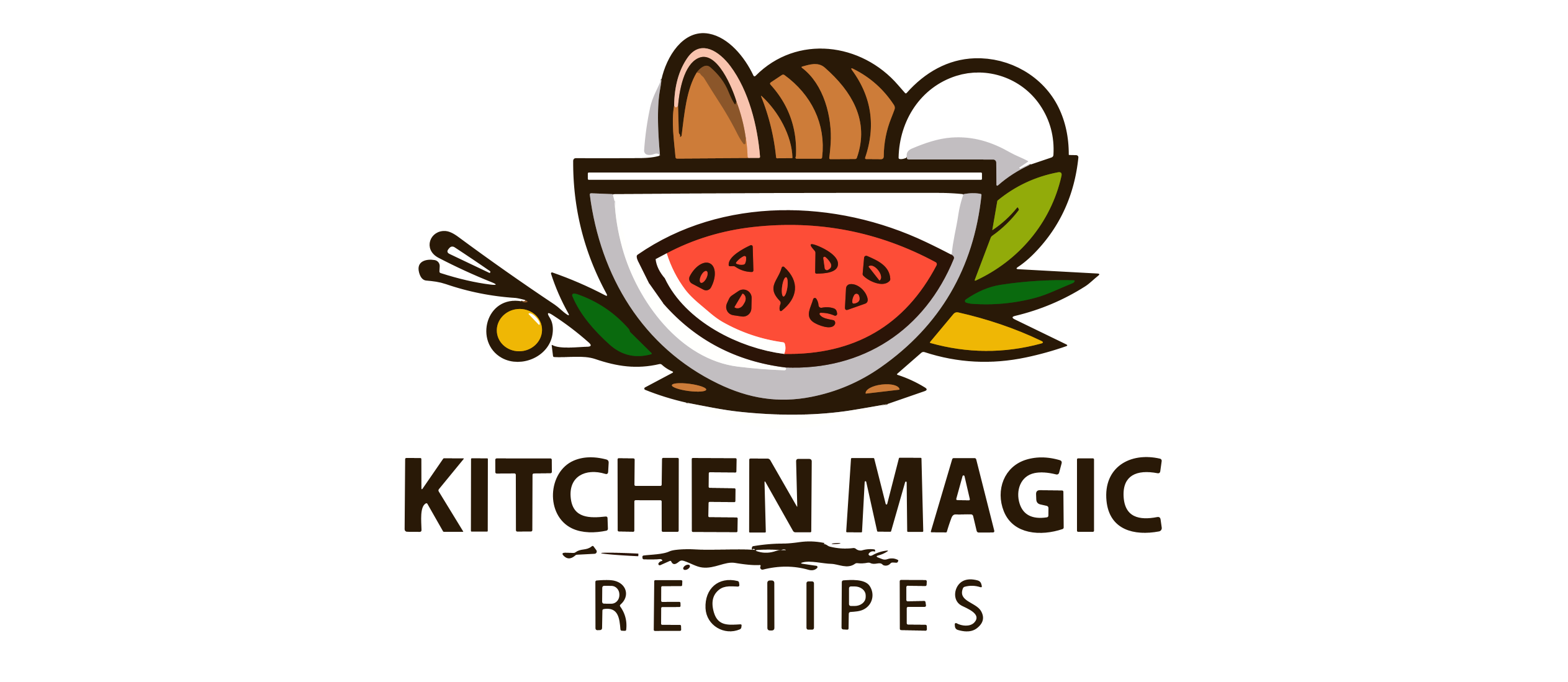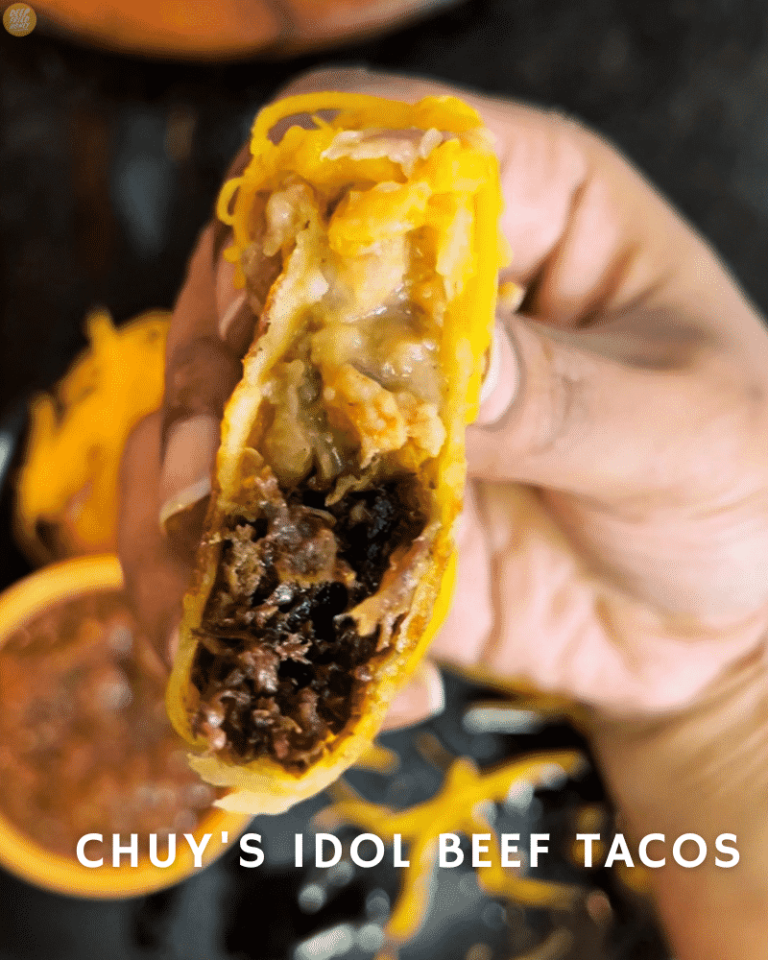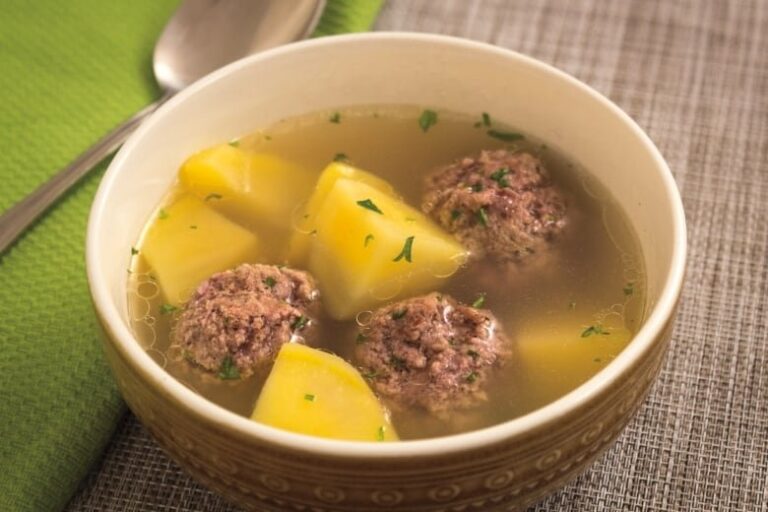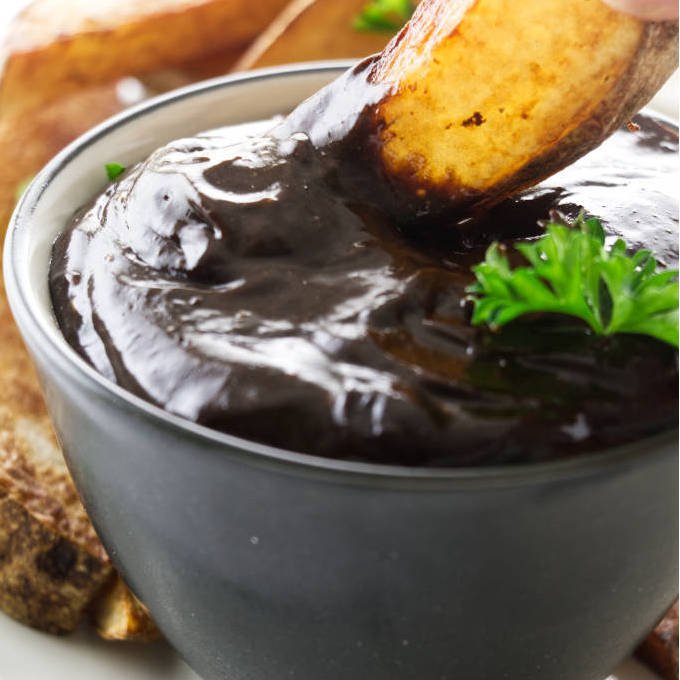Delicious Cava Recipe: Take Your Culinary Experience To New Heights!
Looking for a delicious cava recipe to impress your guests at your next gathering? Look no further! In this blog article, I’ll share with you a mouthwatering cava recipe that will have everyone coming back for seconds. Whether you’re a seasoned chef or a beginner in the kitchen, this recipe is guaranteed to be a hit. So grab your apron and let’s get cooking!
Cava Recipe: A Guide to Making Sparkling Wine at Home
Have you ever wanted to create your own sparkling wine at home? Look no further than the delightful world of cava! Cava is a sparkling wine that originates from Spain and is made using the traditional method, just like Champagne. In this guide, we will take you through the step-by-step process of making cava at home, from selecting the right ingredients to bottling your own bubbly masterpiece. So put on your winemaker’s hat and let’s dive into the art of crafting cava!
Section 1: The Basics of Cava
Before we jump into the recipe, let’s familiarize ourselves with the basics of cava. Understanding the key elements of this sparkling wine will help us appreciate its unique characteristics and guide us in making our own perfect batch. Here are some essential facts about cava:
- Cava is a sparkling wine primarily produced in the Catalonia region of Spain, although it can be made elsewhere in the country.
- It is made using a blend of indigenous Spanish grape varieties, including Macabeo, Parellada, and Xarel·lo.
- Similar to Champagne, cava undergoes a second fermentation in the bottle, which gives it its characteristic effervescence.
- The aging process varies depending on the style of cava. The minimum aging period is nine months, while some high-quality cavas can be aged for several years.
- Cava is known for its fresh and crisp flavors, often featuring notes of citrus, apple, and toasted bread.
Section 2: The Cava Recipe
Now that we have a good understanding of cava, it’s time to delve into the recipe. Making cava at home requires some patience and precision, but the results are truly rewarding. Let’s break down the process step by step:
Step 1: Equipment and Ingredients
- 750 mL of white grape juice (preferably a blend of Macabeo, Parellada, and Xarel·lo grapes)
- 1/4 teaspoon of wine yeast
- 1/4 teaspoon of yeast nutrient
- 1 tablespoon of sugar
- A large glass jug or carboy
- An airlock
- A rubber stopper
- A siphon tube
- Wine bottles
- Corks
- A corker
Step 2: Sanitization
Before we begin, it’s important to ensure that all of our equipment is thoroughly sanitized. Any remaining bacteria or contaminants can negatively impact the quality of our cava. Here’s how to sanitize your equipment:
- Wash all equipment with warm, soapy water.
- Rinse thoroughly to remove any soap residue.
- Sanitize everything using a food-grade sanitizer, following the manufacturer’s instructions.
- Rinse again with clean water and let the equipment air dry.
Step 3: Preparing the Must
The must is the unfermented grape juice that will eventually transform into cava. It’s crucial to select high-quality grape juice for the best results. Follow these steps to prepare the must:
- Pour the grape juice into the glass jug or carboy, leaving some room at the top for fermentation.
- Add the wine yeast and yeast nutrient to the juice.
- Stir gently to dissolve the yeast and nutrient, but avoid excessive agitation.
Step 4: Fermentation
Fermentation is the magical process that turns grape juice into wine. In the case of cava, the second fermentation will create those delightful bubbles. Here’s how to initiate fermentation:
- Place the rubber stopper with the airlock securely on top of the glass jug or carboy.
- Fill the airlock halfway with water to create a seal.
- Store the jug in a cool, dark place with a consistent temperature between 50°F and 60°F (10°C and 15°C).
- Allow the fermentation process to take place undisturbed for about two weeks.
Step 5: Bottling
Once the fermentation is complete, it’s time to transfer your cava into bottles. Follow these steps to ensure a smooth bottling process:
- Sanitize your wine bottles and corks following the same procedure as before.
- Add 1 tablespoon of sugar to each bottle to induce a small amount of carbonation.
- Using a siphon tube, carefully transfer the cava from the jug to the bottles, leaving about an inch of headspace at the top.
- Insert the corks into the bottles using a corker.
Step 6: Aging
Cava benefits from some aging to allow the flavors to develop and the bubbles to become more refined. Here’s how to age your homemade cava:
- Store the bottles on their sides in a cool, dark place with a temperature between 50°F and 60°F (10°C and 15°C).
- Allow the cava to age for at least six months. For a richer, more complex flavor, you can age it for up to two years.
Section 3: Serving and Enjoying Cava
Now that you’ve successfully crafted your own cava, it’s time to savor the fruits of your labor. Here are some tips for serving and enjoying your homemade cava:
- Chill the bottle to a temperature between 41°F and 46°F (5°C and 8°C) before serving.
- Use a champagne flute or white wine glass to showcase the bubbles and aromas.
- Pour the cava slowly to avoid excessive bubbling and overflow.
- Pair cava with a variety of foods, including seafood, cheese, tapas, and light desserts.
- Toast to your winemaking prowess and enjoy the delightful effervescence of your homemade cava!
Section 4: Conclusion
Congratulations! You have now mastered the art of making cava at home. With a little patience, attention to detail, and the right ingredients, you can enjoy your very own sparkling wine. Remember, the beauty of making cava lies in the experimentation, so feel free to adjust the recipe and aging times to suit your personal taste. Cheers to your homemade bubbly success!
Please note that this guide serves as a starting point for making cava at home. It’s important to conduct further research and ensure you understand the intricacies of winemaking, including proper sanitation practices and potential risks.
Delicious Cava Copycat Recipe: Make Your Own Flavorful Mediterranean Bowl at Home!
Frequently Asked Questions
What ingredients are needed to make a cava cocktail?
To make a refreshing cava cocktail, you will need the following ingredients:
- Chilled cava (Spanish sparkling wine)
- Freshly squeezed orange juice
- Triple sec or orange liqueur
- Lemon or lime slices for garnish
How do I prepare a classic cava cocktail?
To prepare a classic cava cocktail, follow these simple steps:
- In a pitcher, combine equal parts chilled cava and freshly squeezed orange juice.
- Add a splash of triple sec or orange liqueur to enhance the flavor.
- Gently stir to mix the ingredients together.
- Pour the cocktail into individual glasses.
- Garnish each glass with a slice of lemon or lime.
- Enjoy your refreshing cava cocktail!
Can I customize the cava cocktail with additional flavors?
Absolutely! You can experiment and customize your cava cocktail by adding various flavors. Some popular options include:
- Muddled fruits like berries, peaches, or melons
- A splash of flavored syrup, such as raspberry or elderflower
- A sprig of fresh mint for a hint of freshness
- A dash of bitters for a more complex taste
Feel free to get creative and find your perfect combination of flavors!
Can I substitute cava with another type of sparkling wine?
While cava is traditionally used in a cava cocktail, you can substitute it with other types of sparkling wine if desired. Some popular alternatives include:
- Prosecco: An Italian sparkling wine with a fruity flavor profile.
- Champagne: A luxurious French sparkling wine known for its elegance.
- Sparkling Rosé: A pink-hued sparkling wine that adds a touch of romance.
Each substitution will bring its own unique characteristics to the cocktail, so choose according to your taste preferences.
Can I make a non-alcoholic version of the cava cocktail?
Absolutely! For a non-alcoholic version of the cava cocktail, you can replace the cava with sparkling water or a non-alcoholic sparkling wine. Follow the same steps as the classic recipe, but omit the alcoholic ingredients. You can also add a splash of fruit juice like grape or apple for added flavor. Cheers to a refreshing mocktail!
Final Thoughts
Looking for a refreshing and delectable cocktail recipe to elevate your next gathering? Look no further! The cava recipe is the perfect choice to impress your guests with its delightful effervescence and flavorful blend. Crafted with the finest ingredients, this cocktail is an absolute crowd-pleaser. The combination of cava, citrusy notes, and a hint of sweetness creates a harmonious symphony of flavors. Whether you’re celebrating a special occasion or simply unwinding after a long day, the cava recipe is guaranteed to add a touch of sophistication to any event. So, gather your ingredients and indulge in this exquisite cocktail!




